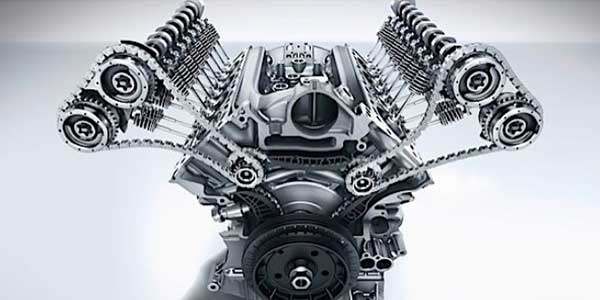
Timing chain stretch is not the stretching of the timing chain, it is an elongation of the timing chain caused by wear to the chain’s components. The most common cause of timing chain stretch is lack of maintenance and regular oil changes.
Worn out oil can no longer lubricate the chain and will cause the rollers and links to wear against each other. As the chain runs around the gears of the camshafts and crankshaft, the movement between the rollers and links causes wear and elongation.
As the timing chain wears, this can change the timing of the camshaft and crankshaft. The change in timing is sensed by the camshaft and crankshaft position sensors. This can cause codes that indicate the correlation or synchronization problem with the engine position sensors.
If the driver ignores the check engine light, eventually the timing chain will elongate to the point that the engine may have a significant loss of power due to a lack of compression. In some cases, a worn timing chain may cause the engine to jump time a few teeth. If this happens on a multi-cam engine it may appear to be a dead miss on multiple cylinders. The bad oil can also damage the tensioner which makes the possibility of the engine skipping time or a catastrophic failure even greater.
Some of the most notorious engines for timing chain stretch include the GM High-Feature V6, Ford Modular V8 and Nissan VQ V6. All of these OEMs have stated that the lack of oil changes and use of the wrong oil causes the timing chain stretch conditions.
If you are replacing a timing chain or chains, it is also critical to inspect and, in some cases, replace components that tension the chain and variable valve timing actuators. The actuators are powered by the same oil that damaged the timing chain. Inside a variable valve timing actuator are finely machine surfaces and seals that can are easily damaged by worn out or the wrong type of oil. In some cases, it is cheap insurance to replace the actuators while you are replacing the timing chain to ensure that the customer gets the full value of the labor time.
If you are trying to diagnose timing chain stretch, it might be impossible to access the timing mark without major disassembly. The easiest way to check timing is to use a scope to capture the waveforms of the crankshaft and camshaft position sensors.
Article courtesy Underhood Service.













